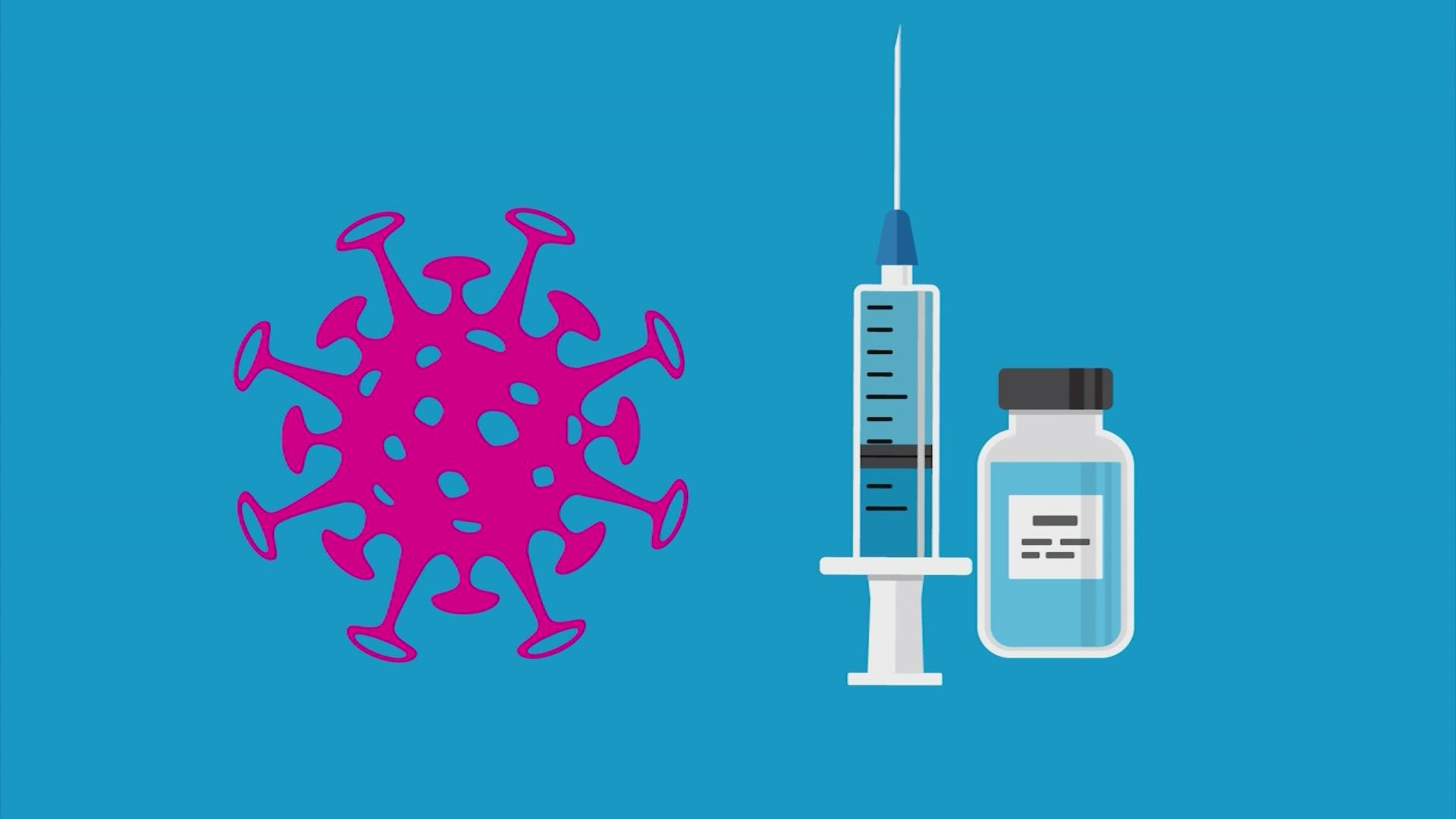DALLAS — We’ve heard it a lot with COVID-19 vaccines: Emergency Use Authorization.
But, what does that mean, and how does the process work?
Under an EUA, the FDA may allow “the use of unapproved medical products...or unapproved uses of approved medical products” in a public health emergency.
Let’s follow a COVID-19 vaccination through the Emergency Use Authorization process.
First, the vaccine has to be made.
A manufacturer develops the vaccine and a process to make it at a consistent quality.
Then, it goes to the next step – a clinical trial, or test run.
The trial includes tens of thousands of participants through several phases.
Some get the vaccine. Others get a placebo.
During the trial, scientists monitor the safety and effectiveness of the vaccine.
Then, based on the study’s results, the manufacturer decides whether to apply for an EUA from the FDA.
Let’s stop there.
Because that brings us to Pfizer’s request for an EUA to administer its COVID-19 vaccine to children ages 5 to 11.
So, what’s next?
The FDA’s scientists and physicians will review all of the data submitted by Pfizer.
An advisory committee will hold a public meeting to talk about the vaccine.
The FDA also consults with the Centers for Disease Control and National Institutes of Health.
Then, the FDA’s staff considers the advisory committee’s input before deciding to grant emergency use authorization.
If so, the FDA continues its safety monitoring while the EUA is active.
It is a lengthy, layered process.
But, it’s one doctors and scientists rely on to make sure vaccines are safe and effective before giving them this special distinction.

